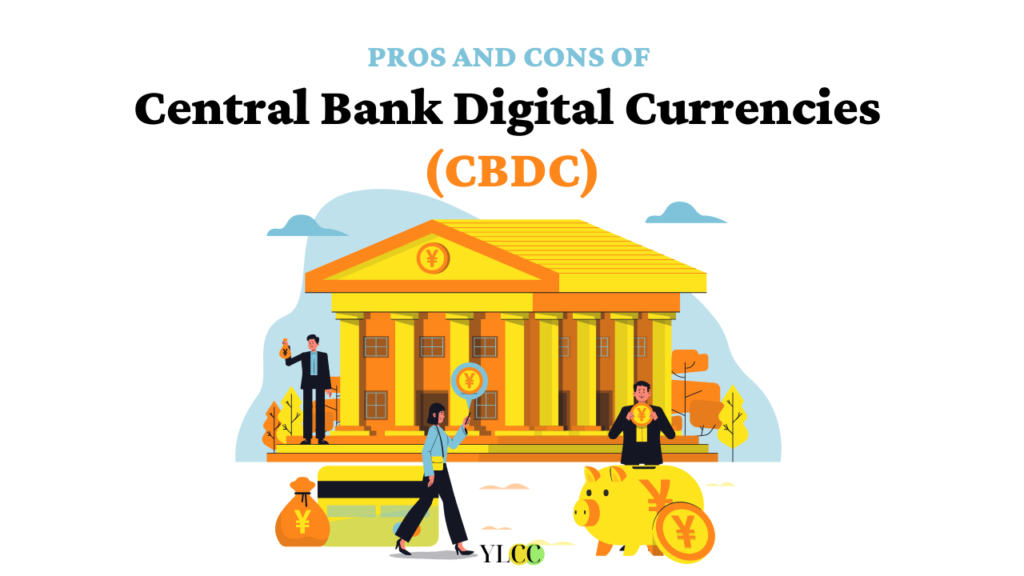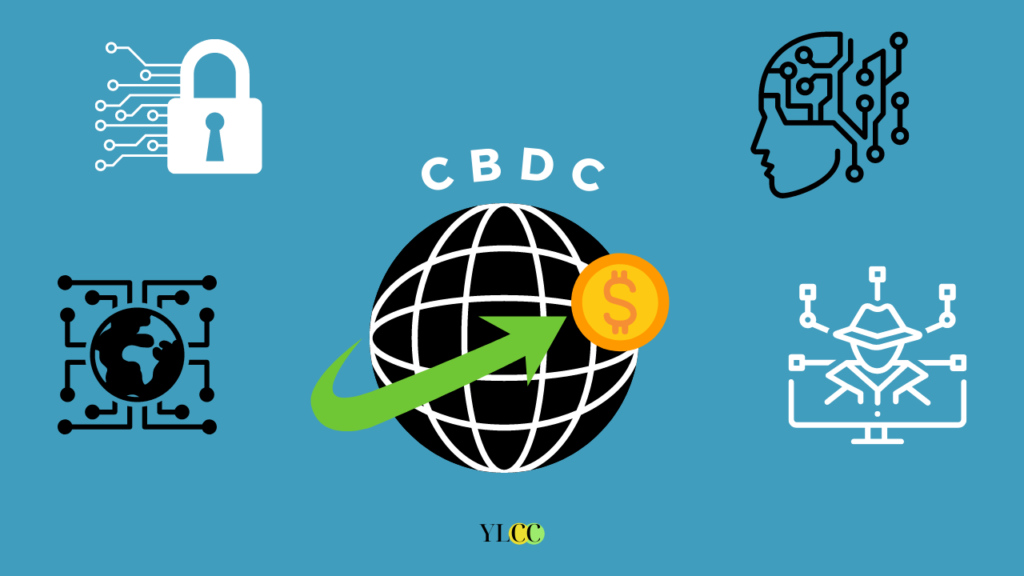
Introduction
Cryptocurrencies, as we know them today, are extremely volatile and lack government backing — Central Bank Digital Currencies (CBDCs) overcome these concerns while using the same underlying distributed ledger technology of cryptocurrencies. Governments recognize CBDCs as legal tender in the issuing central bank’s jurisdiction, meaning anyone can use them for payments and every merchant must accept them. In simpler terms, CBDC is short for Central Bank Digital Currency, an electronic form of central bank money that citizens can use to make digital payments and store value.
A CBDC offers three main elements:
- A digital currency
- Issued by the central bank
- Universally accessible
In this article, we are going to study the pros and cons of CBDCs. Read on!
Pros
- One of the foremost advantages that is expected to emerge from the use of Central Bank Digital Currencies is a reduced transaction fee. Since the entire set-up is online, the system can provide ample support for faster institutional and retail payments with greater ease and at affordable prices.
- Since Cryptocurrencies like Bitcoin and the like do not enjoy government backing, CBDCs can be a viable alternative. In fact, CBDC can eventually result into a robust cryptocurrency space in the country that is trustworthy as well as appealing. This in turn, may result in increased economic activity.
- Similar to blockchain technologies, CBDCs will also eliminate any requirement for an intermediary thereby producing simple and faster transaction speeds.
- CBDCs can provide a considerably cost-efficient alternative to cash for value storage. The cost factor is lower in CBDCs as it doesn’t impose burden on costs for production, storage, transportation, and disposal. At the same time, CBDCs also present safe alternatives for distribution and reduction of concerns regarding fraud in the payment ecosystem.
- In some ways, we can expect CBDCs to make way for increased accessibility for banking services, especially in areas where perhaps banks do not have branches or essential infrastructure.
- Analysts believe that CBDCs will fare much better in terms of privacy concerns. The anonymity associated with CBDCs is likely to keep user data much safer compared to conventional commercial bank transactions.
- Liquidity is a prominent factor among central bank digital currency pros by helping central banks offer short-term liquidity support. Interestingly, users can avail the liquidity benefits with CBDC on bank holidays too. Therefore, CBDCs can be helpful for effective reduction in risks of individual institutions being involved in systemically triggering chain reactions.
- The introduction of CBDCs could also increase competition in the payment systems landscape. Additionally, they can also foster motivation among private players for innovation. Furthermore, central bank digital currency pros can also increase competition among banks. Banks would compete for attracting bank deposits related to assets that could possibly migrate to CBDC.
- Finally, CBDCs could also act as a direct monetary policy tool with the condition that it bears interest. Therefore, it can support improved direct control over the money supply.

Cons
- The prominent downside to CBDCs is perhaps the geographical restrictions as these are accepted only in the country which accepts them.
- CBDCs which are fundamentally based on Cryptocurrency could exhibit price volatility to some extent as they lack the stability of fiat money.
- Central banks could turn into direct competitors of payment service providers, thereby forcing banks to lose income. Furthermore, new investment opportunities with CBDC could reduce the consumer deposit demand. Subsequently, CBDCs can lower bank lending to the general economy and the economic growth.
- A prevailing system of CBDCs could lead to stiff competition among commercial banks. In order to compete with CBDCs, banks might even consider increasing their deposit rates.
- CBDCs can significantly increase the risk of system wide bank runs.
YLCC would like to thank Riya Gupta for her valuable inputs in this article.






